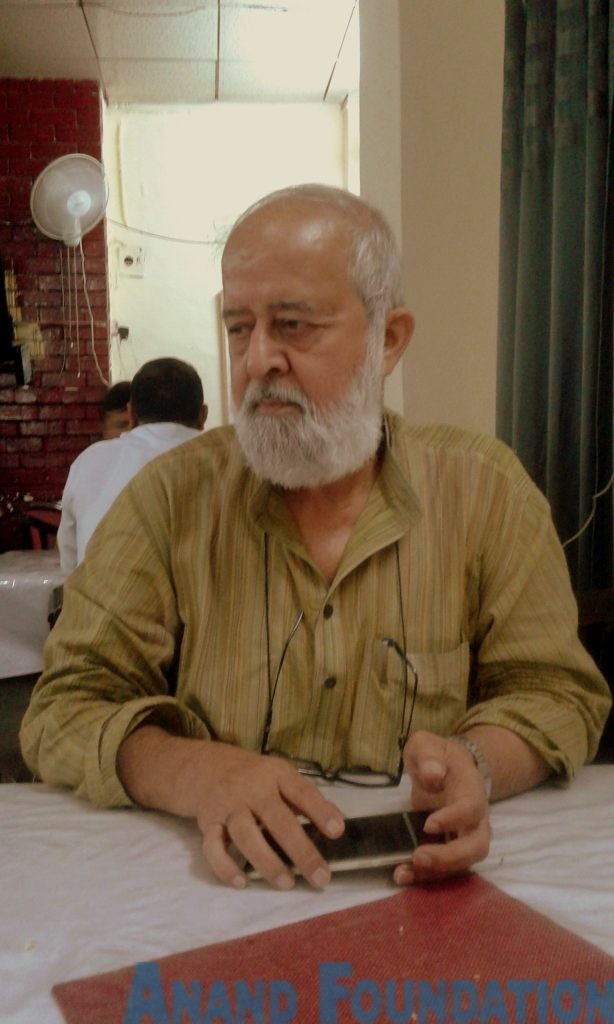Interview of Sohail Hashmi about Libraries in Delhi
Mr shohailhasmi, who is a researcher, commentator, writer, and intellectual of Delhi.
Q- How you look at old libraries of Delhi? And also this expansion of reading as a popular culture in Delhi?
He says; there were whole lot small libraries set up by communities. In chandni chock there was a Marwari library. There was a Harding library set up by British. There was a Delhi public library also which is situated in S.P Mukherjee Marg opposite the old Delhi railway station. Marwari library had some very good books. In the every Sundays and local people used to go to these libraries to read newspaper and magazines.
He also talks about the absence of the libraries apart from these libraries where more and more people can go and read. According to him absence of libraries is certainly discouraging. If the city wants its residents to love books it has to create space. Books that I have read or my children read have been bought. But every one cannot and will not buy so many books. Libraries are important as they can be accessed by thousands of people.
There are some private libraries, quasi private libraries in Delhi. But most are either open to members only or are not known by the public. Libraries at the India international centre, Indian council of world affairs, Gym khana club library scope is very limited. So limited places where the public can go and read. The public libraries should be one of the places can attract people.
Q-Is there a difference in the “culture of reading” between old Delhi or shahjahanabad and New Delhi? Like Darya Ganj and NaiSarak- where students and middle class flock to buy second hand books.
Students can go to Nayisarak and Darya Ganj as it specialises in school and college text books at very reasonable rates. That does not necessarily define the reading culture of that area. If we talk about the difference between these two areas of Delhi related to reading I think here is much difference one is the part of new constructed Delhi belongs to British directly and one is very old area belong to mughal era which had strong reading culture in Urdu and Persian.
Q- How has the culture of reading or the lack thereof, impacted the evolution of Delhi as a city and as a society. I would also like you to talk about books clubs, gatherings of book lovers happening in Delhi or even whether it is happening at all.
I don’t know if Delhi had a reading culture, it would have grown differently. In any country especially in third world countries people who read are in miniscule minority. And the city is built not by the people who read. It is an impossiblesituation. That city being built by the builders and they don’t listen to people who live here. Even if everybody was reading, with the stranglehold of the builders and the politicians on the juggler of the city. I doubt if there would have been any planning for libraries.
Q- What would you say about Delhi’s “popular culture” if not reading?
There is no one Delhi. There is no one culture. There cannot be a single “popular culture”? Especially when it’s come to reading. One consuming passion that Delhi has is to watch any tamasha that is on, especially is it free. The numbers that go to book fairs and trade fairs have one passion; and one of the important things is that reading is also one of the personal things to someone who regularly read.
Q- How you look at the organisations like Sahitya Academy, children book trust, and national book trust?
If I look at the NBT is doing good work in the field of publishing and promoting books on different issues and subjects. CBT I don’t know about and now children have grown up. SahityaAcademy in any case is bringing out a whole lot of publications. Some work on our shared heritage is important. There is Tulika books who are regularly publishing very interesting books especially in humanities. In Urdu there is this educational book house is old Delhi.

